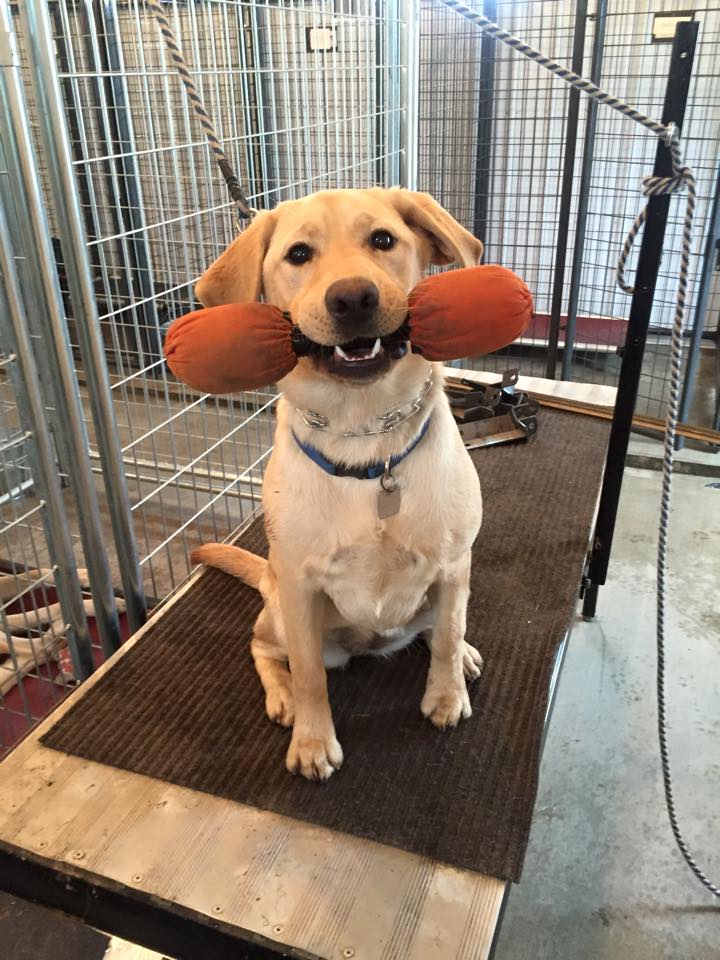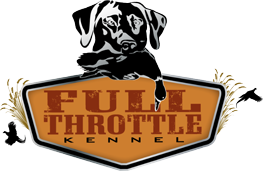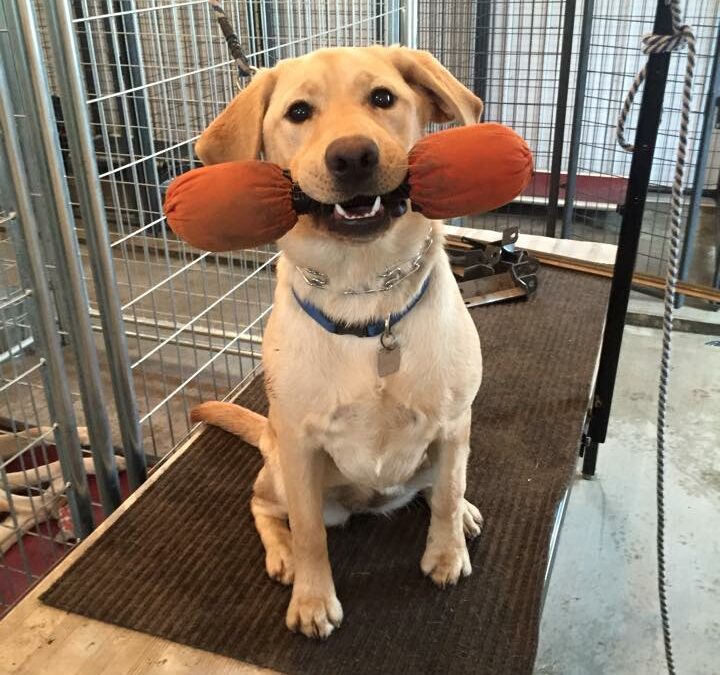There are several benefits that can come from crate training a dog, especially if you begin right away when it’s a puppy. It’s important to start your pup off on the right track from day one.
Whenever your puppy cannot be supervised, it should be in a crate. When they aren’t being watched, they tend to chew on dangerous items such as electrical cords. Items such as golf balls, underwear and socks might not seem dangerous, but they are when your puppy swallows them and ends up needing a surgery to remove an unpassed object. This can be avoided if a dog is crated anytime it’s not supervised.

Having a dog crate trained will also help immensely with potty training. Instead of having full rein of the house and not knowing the proper area to use as the bathroom, the puppy will learn that being in the crate means downtime and sleeping, and going outside mean going potty. Make sure the crate is small enough so the dog doesn’t assign one area for potty and one area for sleep.
In addition, if your dogs are properly crate trained, things will be a lot easier when having to board them. If they are already used to being in a crate or kennel, they should have no problem at a boarding facility. However, a lack of crate training may result in a stressful situation while they are boarded. Your dog could develop stress and anxiety and might end up barking or pacing throughout the entire visit.
Some people think they might never use a boarding facility, but even if you plan on using a dog sitter, you never know if an emergency will come up that you end up having to board your dog. Also, if you plan on sending them in for training, your dog will most likely be in a kennel during this time. If they are already crate trained, they will be comfortable in this situation.
For all my litters, I get the puppies used to a crate so they aren’t caught off guard for their first crate experience when they arrive at their new homes. There are times when some dogs don’t enjoy going in at first, especially if you have an older dog who has never been crate trained in the past. However, there are several ways to help make an introduction to a crate an enjoyable experience. For example, you can feed your dog in the crate or offer a treat each time they go in. Other options are giving your dogs a Kong toy with peanut butter inside or a Nylabone to enjoy during their time inside. Soon they will associate the crate with positive experiences.
Find a command to use when crate training your dog. I use Kennel!, but you can also use Crate!, Kennel up! or whatever works for you and your family. This teaches that it’s not a choice that the dogs can decide on but rather a command that they need to obey. It’s just as important as Sit!
Having your dog know this command can transfer to hunting situations. The dog will be able to conveniently go into its kennel while you are putting on your hunting gear or getting your things ready to go before the hunt.
Lastly, having your dog crate trained is important for transporting your dog in the car. Dogs should always be transferred in a crate, where the dog has a higher chance of surviving if you end up needing to slam on your breaks or find yourself in an accident. If your dog feels comfortable going in and out of a crate, it will have no problem jumping right in when it’s time for a drive. Safety always comes first, and this is why it’s so important to ensure crate training is a part of your training process.
FTK Pro-Tips
Read exclusive training tips and articles writted by Jessie Richards at Full Throttle Kennel.
Jessie Richards owns and operates Full Throttle Kennel, in Campbellsport, Wisconsin. She specializes in training all breeds of retrievers for hunting and AKC hunt tests, as well as guides upland hunters and takes time in October for waterfowl hunting in Saskatchewan.

